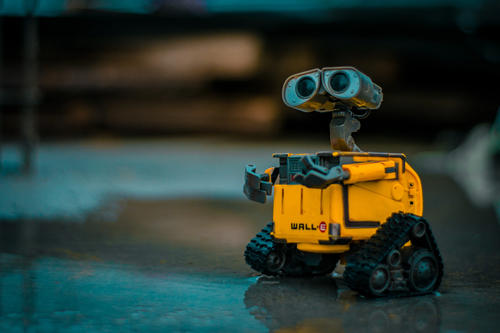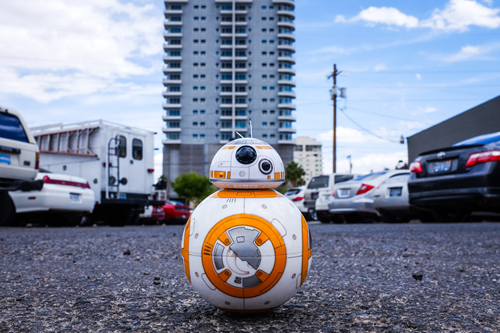Robots are becoming ubiquitous in industrial and consumer applications and are used for a wide range of tasks from delivery to cleaning to health to security.
A key cost driver in any robot and an essential enabling technology is the vision system including optics, sensors, camera and image processing software.
In our business, we deliver custom lens designs used in robots in dozens of different application areas.
The cost of the robot vision system varies greatly based on the application and requirements. A robot cleaning a floor that needs to identify chair legs has different vision system specifications than an autonomous vehicle driving at 60 miles per hour on a crowded freeway.
In this article, we will review the key technologies that impact the cost of imaging systems used in robotics, including accuracy, speed, the field of view, wavelength range and ambient light conditions.
During a design process, these all technical parameters are simulated using a ray-tracing tool like Zemax which allows an optical engineer to optimize for application-specific requirements. Zemax is used by thousands of optical engineers to tracing the path of millions of photons as they leave an emission source, reflect, absorb or scatter from an object and return to a photoreceiver such as a camera. ( See example simulations from our Zemax consulting here)
5 key technical requirements that determine the cost of a robotic vision system.
Wavelength range
Robots that collect full-color images require correction for a wide wavelength range. A robot using a sensor with a more narrow wavelength band can use simpler optics and does not require different refractive index glasses. So in general the wider the range the higher the lens cost.
Resolution
The resolution of an optical system impacts costs in several ways, including the cost of the sensor used and the price of the lenses and optics placed in front of that sensor. Resolution needs for some robots could be micron-sized in the object plane or meter-sized.
The distance at which the object is viewed and the field of view of the system will provide different levels of resolution for the same sensor with the same pixel count. The more pixels and the larger those pixels are the higher the cost of the sensor and the optics.
Field of view
The field of view of a lens is another key determinant of cost and complexity, as the view angles get larger, lenses get more complex especially if you need an undistorted image at the edge of the field.
You can express FOV as ‘ this area at this distance’ or as an angle. One thing to keep in mind is that the same lens can deliver different a field of view when the image sensor size changes.
Ambient light
Ambient light conditions have a number of important impacts on robotic vision system costs, including the required dynamic range of a camera sensor, the power of a structured light or LIDAR light source, and the cost of optical filters to suppress solar power in outdoor applications.
Robot speed
Speed will impact the minimum object distance the imaging system needs to resolve, a larger working distance can mean simpler optics. The sensor frame rate also could be impacted by robot speed and a high frame rate could mean higher costs.
In the robot systems, we’ve seen imaging/ distance systems cost ranging for a few dollars for the sensors use inside warehouse robots such as one made by Sharp
https://www.pololu.com/product/136 to tens of thousands of dollars for LIDAR systems made by Velodyne
If you need to find a lens for a robot you are building, using a multi catalog search engine of off the shelf lenses to identify candidate lenses matched to your sensor will speed up your search time
But if the perfect lens isn’t available or you plan to have a high volume of production, find a qualified optical engineering company to help you design a custom lens.
Photo credits:


